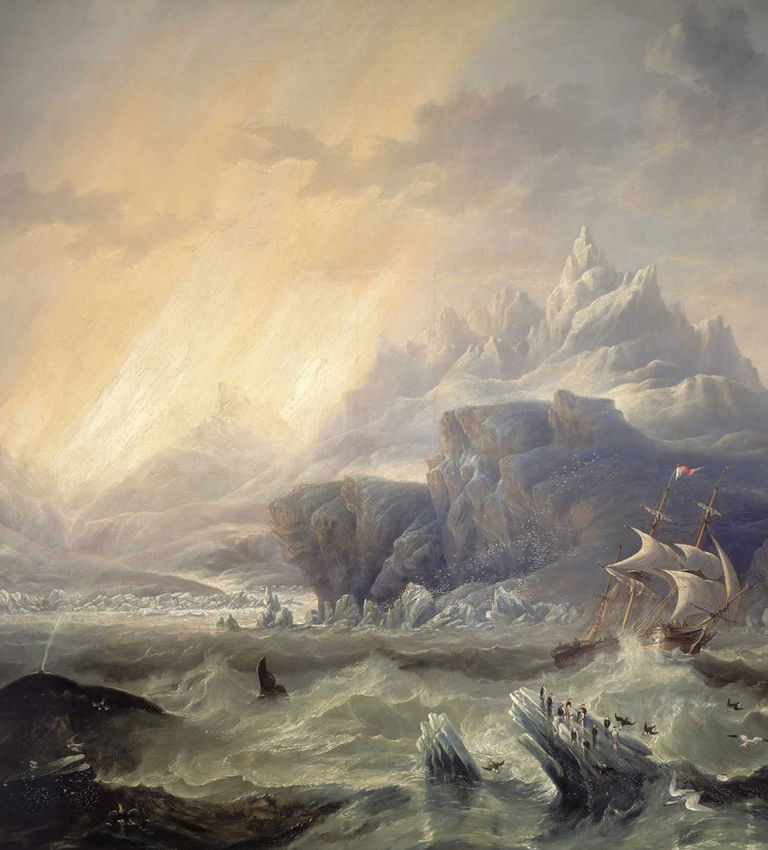
David Lyall: Brave Antarctic explorer
David Lyall was a Scottish-born explorer aboard the HMS Terror in 1839 when the ship braved perilous conditions and ventured into the unknown.

David Lyall was a Scottish-born explorer aboard the HMS Terror in 1839 when the ship braved perilous conditions and ventured into the unknown.
Directly facing the city’s famous castle, the careful and lovingly executed renovation and rebirth of 100 Princess Street is eagerly awaited.
